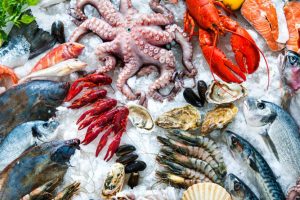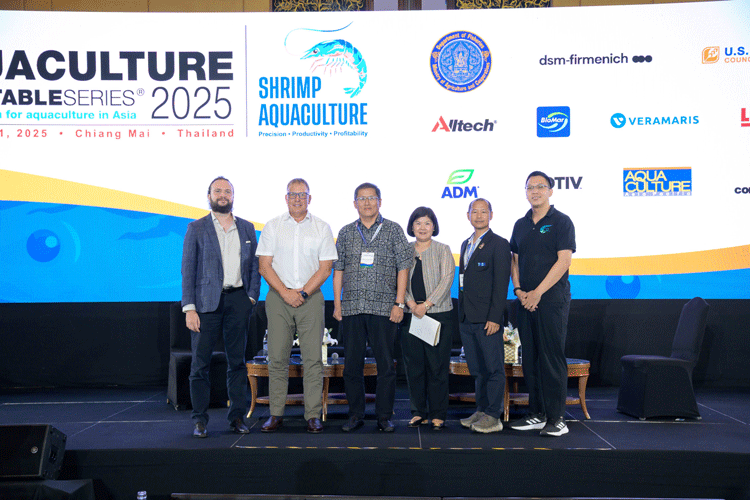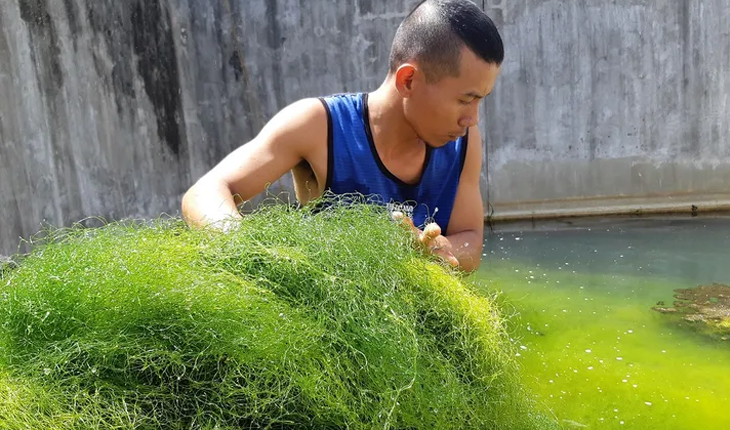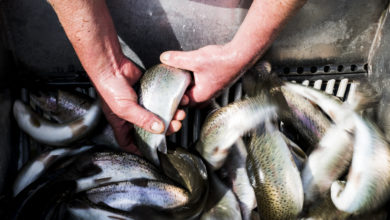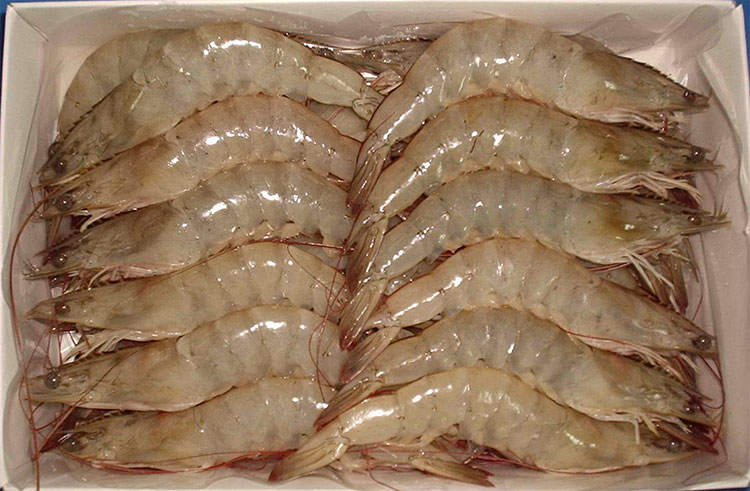Vietnam aims for USD 70 billion in agricultural, forestry, and fisheries exports by 2025
Deputy Minister of Agriculture and Environment Phung Duc Tien affirmed that despite challenges like climate change and green transformation, the Ministry is determined to achieve the USD 70 billion export target by 2025.
According to the Ministry of Agriculture and Environment, Vietnam’s agricultural, forestry, and fisheries (AFF) exports in February 2025 are estimated to reach USD 4.4 billion, marking a 37.2% increase compared to February 2024. This brings the total export turnover for the first two months of 2025 to USD 9.38 billion, an 8.3% year-on-year growth.
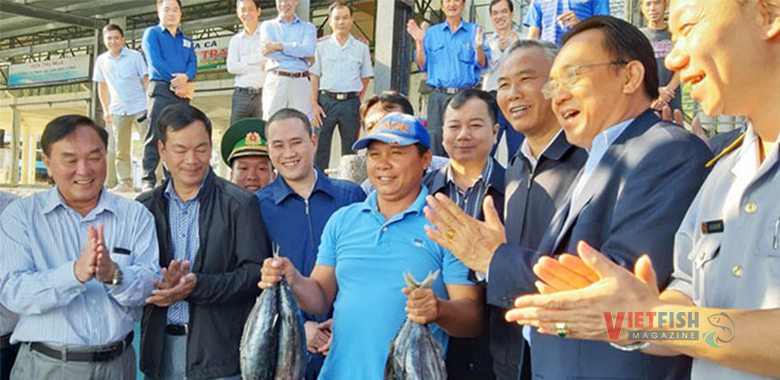
Breaking down the figures, agricultural exports amounted to USD 4.89 billion (up 4.5%), livestock exports totaled USD 72.2 million (up 4%), seafood exports reached $1.42 billion (up 18.6%), and forestry exports recorded $2.68 billion (up 11.9%).
Asia remains Vietnam’s largest export market, accounting for 42.2% of total AFF exports, followed by the Americas at 24.2% and Europe at 15.5%. Compared to the same period last year, AFF export value declined by 1.6% in Asia but grew by 19.8% in the Americas, 22.3% in Europe, more than doubled in Africa, and increased by 8.2% in Oceania. The United States (22% market share), China (17.8%), and Japan (7.7%) are Vietnam’s top three export destinations. Year-on-year, exports to the U.S. increased by 18.9%, while exports to China dropped by 4.3%, and exports to Japan rose by 19.1%.
Most of Vietnam’s key AFF export products experienced growth, including seafood, coffee, rice, wood and wood products, rubber, and pepper. However, rice and fruit, which had strong growth in 2024, saw respective declines of 13.6% and 11%, while cashew nuts recorded decreases in both volume and value.
To achieve the government’s 2025 target of 4% sector growth, Deputy Minister Phung Duc Tien emphasized the need for a strategic review and restructuring of the industry.
Science and technology will be the key drivers of this transformation. Their application will shape Vietnam’s global competitiveness and the future of its agricultural sector. Currently contributing over 50% of the sector’s added value, science and technology must be further integrated into seed development, farming techniques, plant protection, veterinary disease prevention, and other areas. This will align with circular economy principles, digital transformation, traceability, and transparency, ensuring Vietnam meets international market standards.
Regarding processing, Deputy Minister Phung Duc Tien pointed out that Vietnam still primarily exports raw materials in bulk rather than high-value processed goods. This reflects the country’s limited capacity for deep processing compared to other nations. Since Vietnam’s agricultural land area is no longer expanding, the focus must shift to enhancing productivity, improving quality, and developing raw material zones linked to processing facilities. Increasing the role of modern equipment will be crucial in boosting product value. Therefore, Vietnam must adopt advanced technology, invest at a globally competitive level, and effectively integrate existing raw material zones. These strategies will help achieve the 2025 export target and lay the foundation for sustainable growth in the 2026–2030 period.
VFM


